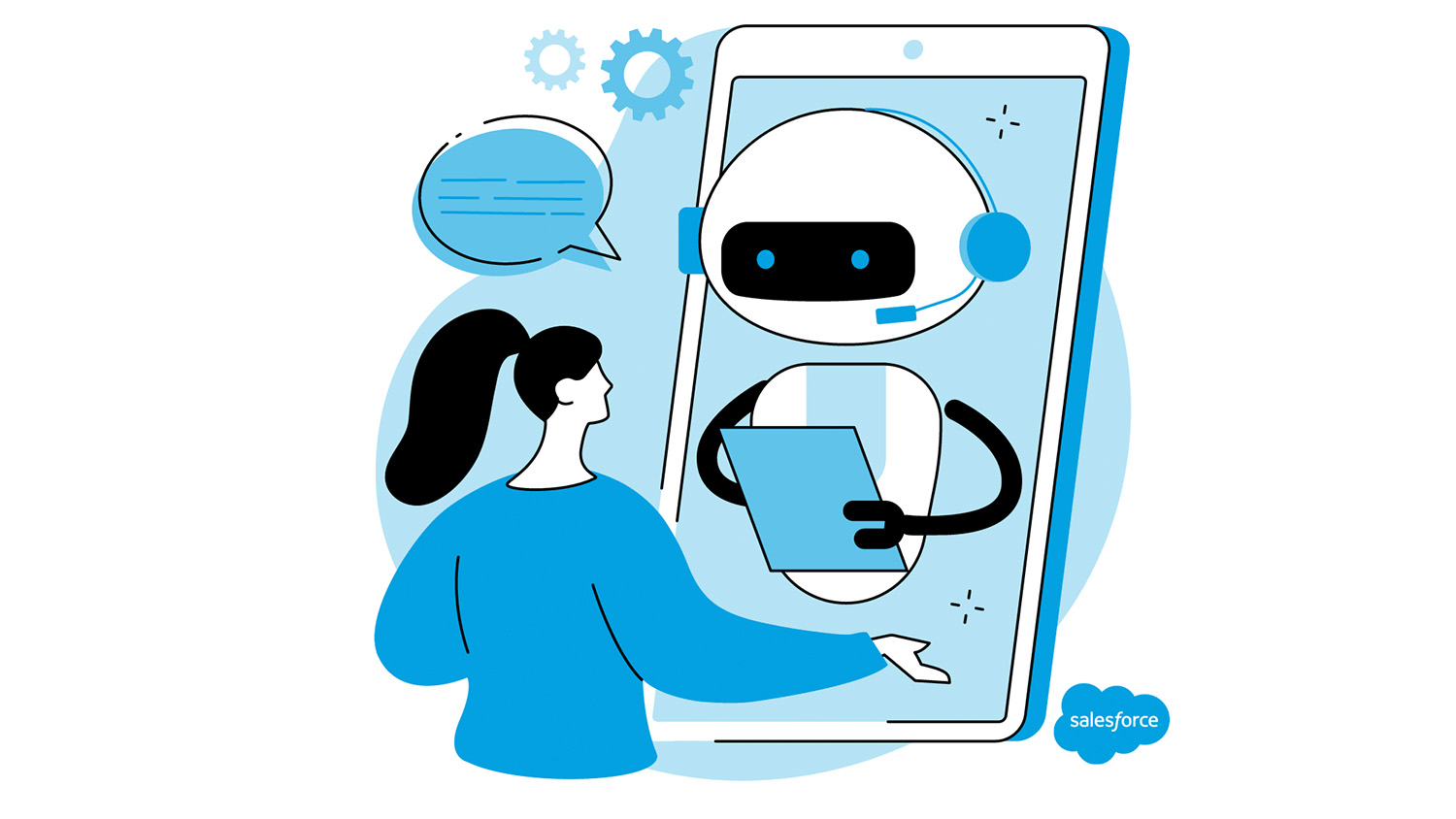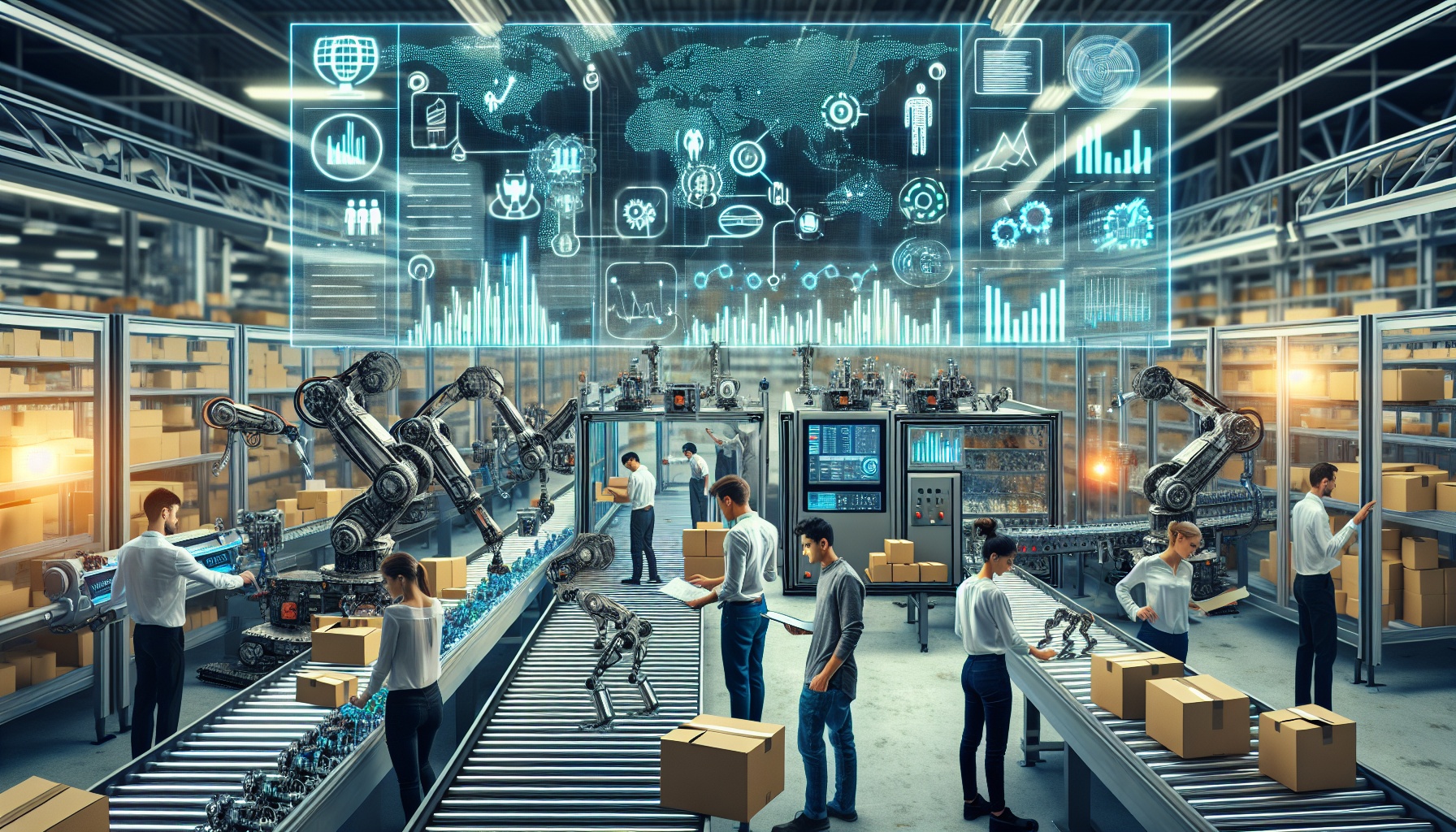 ## Boosting Packaging Line Productivity Through AI-Driven Automation
## Boosting Packaging Line Productivity Through AI-Driven Automation
In a time when consumer demands continue to rise, regulations are becoming stricter, and operational expenses are climbing, facilities encounter the urgent task of enhancing packaging line productivity. AI-driven automation presents a viable solution to this complex problem. This article explores the importance of refining packaging lines, the game-changing capabilities of AI, and actionable strategies for integrating AI automation into operations.
Why It’s Essential for Facilities to Improve Packaging Lines
The boom in online shopping, spurred by the COVID-19 pandemic, shows no signs of decreasing even as normalcy returns. E-commerce is expanding at an astonishing average of 23% per year. This constant demand poses a significant challenge for conventional manufacturers who must evolve or risk losing their competitive edge in productivity.
The urgency for productivity is further intensified by the growing excess waste. Escalating raw material, storage, and transportation costs worsen the situation. For instance, warehouse rental prices have reached $9.72 per square foot in 2023, reflecting a 20% increase from the previous year. Thus, facilities need to refine their packaging lines to lessen waste and lower expenses.
How AI Enhances Packaging Line Productivity
AI-driven automation is emerging as a crucial instrument for improving packaging line productivity. By combining AI with automated equipment, like bagging machines, facilities can attain quicker and more precise measurements and capacity evaluations.
Utilizing deep learning, natural language processing, and computer vision, AI systems can make swift decisions. These technologies can evaluate packages along conveyors to optimize space, ensuring that packers effectively use space and limit the necessity for inserts. Additionally, AI can detect real-time bottlenecks, such as machines operating below capacity. By monitoring worker and robot activities, AI can propose enhancements or automatically execute solutions. The use of both historical and real-time data boosts precision, allowing facilities to satisfy consumer demand while minimizing waste.
Advantages of Utilizing AI Compared to Other Alternatives
Among various automation technologies, AI stands out due to its unparalleled processing, analytical, and decision-making skills, which greatly accelerate packaging line operations. This speed results in a quicker return on investment, ultimately enhancing profits and savings.
AI’s independence allows it to execute tasks with little human oversight, even in unpredicted situations. Unlike other technologies, AI’s rapid processing abilities allow it to analyze extensive datasets in seconds, making complex choices swiftly. This capability can elevate productivity by as much as 40%, leading to improved customer satisfaction and diminished waste.
Moreover, AI can sustain a consistent positive cash flow. Machine learning systems evolve by learning from new data over time, ensuring they stay pertinent. Ongoing real-time data feeds and behavioral assessments guarantee that AI systems remain effective for years, offering a long-term solution for organizations.
Steps to Integrate AI Automation in Operations
For businesses operating on tight margins, the hefty upfront investment in AI might seem intimidating. However, outsourcing development and maximizing computing resource efficiency can render AI more attainable, even for smaller enterprises.
Outsourcing provides companies the opportunity to tap into expert knowledge without bearing the complete costs of in-house innovation. Optimizing computing resources ensures that AI systems remain budget-friendly, enabling companies to progressively adopt AI solutions without overextending their financial capacities.
Conclusion
AI-driven automation represents a revolutionary approach to enhancing packaging line productivity amid growing consumer demands and rising operational expenses. By adopting AI, facilities can refine their processes, cut waste, and boost productivity, ultimately securing enduring success in a competitive landscape.
FAQs
Q1: What are the main advantages of implementing AI in packaging line automation?
AI in packaging line automation improves efficiency by optimizing capacity, reducing waste, and boosting productivity. Its swift decision-making capabilities guarantee a rapid return on investment and sustained relevance.
Q2: How does AI fare against other automation technologies?
AI surpasses other automation technologies with its ability to rapidly process data, autonomously make complex decisions, and evolve over time, ensuring ongoing enhancement and relevance.
Q3: Can small businesses with limited funding realistically integrate AI?
Absolutely, small businesses can feasibly implement AI. Outsourcing development and optimizing computing resources can render AI solutions more accessible and economically viable, even for those with tight budgets.
Q4: In what ways can AI assist in decreasing excess waste in packaging lines?
AI minimizes excess waste by optimizing packaging capacity, reducing the need for inserts, and detecting bottlenecks in real time, ensuring effective resource usage.
Q5: What significance does data have in AI-driven automation?
Data is vital in AI-driven automation. By leveraging both historical and real-time datasets, AI systems are able to make precise decisions, adapt over time, and enhance packaging line productivity.